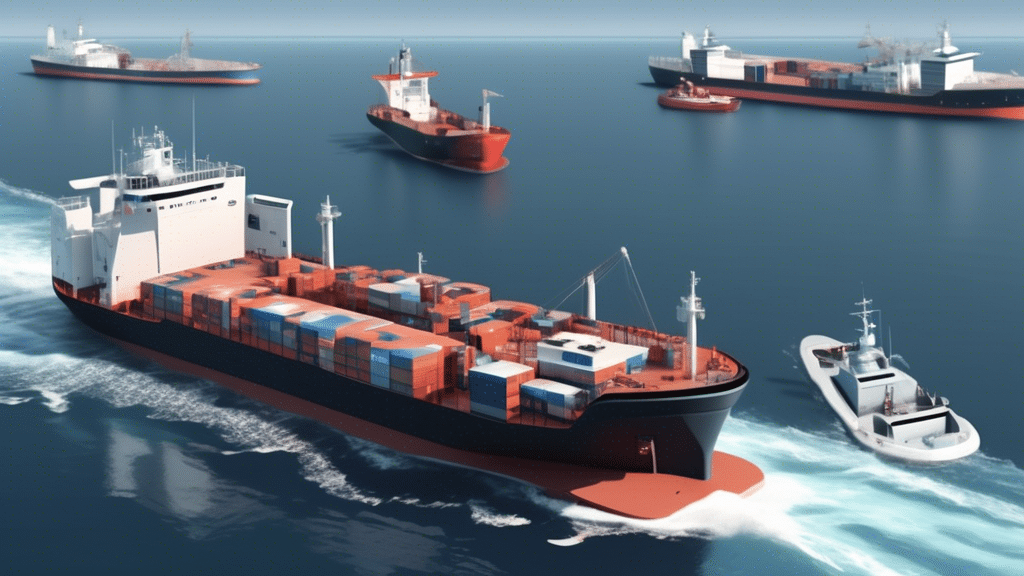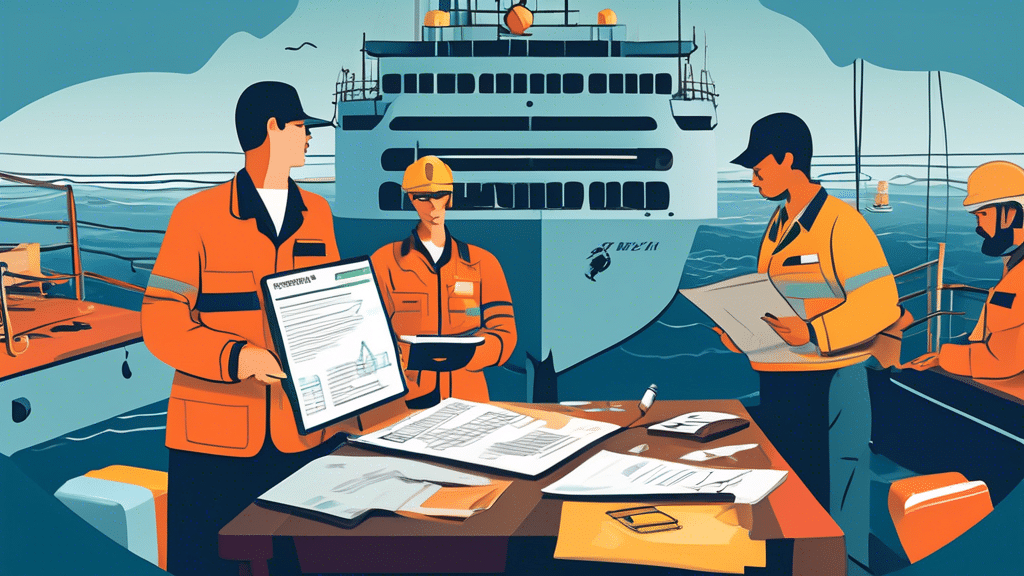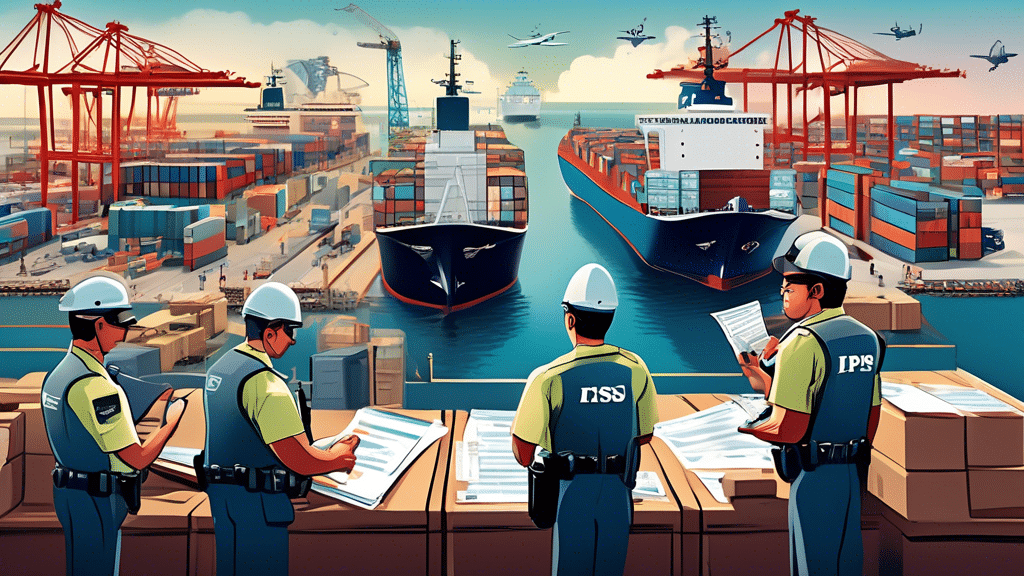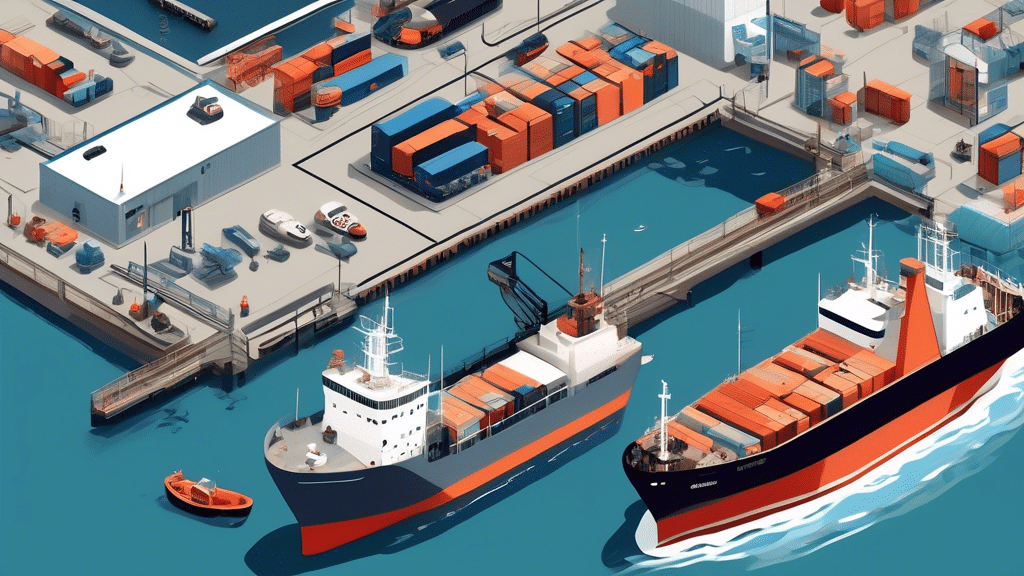The maritime domain is essential for global trade, energy production, and national security. However, it faces a plethora of challenges including piracy, trafficking, illegal fishing, and territorial disputes. To effectively counter these threats, countries and organizations are leveraging advanced technologies to enhance maritime security.
Surveillance and Detection Technologies
One of the primary methods for enhancing maritime security is through advanced surveillance and detection technologies. These systems are crucial for monitoring large expanses of water and identifying potential threats.
Satellite Surveillance
Satellites are paramount in providing a comprehensive view of maritime activities. They can monitor ship movements, track weather patterns, and detect illegal fishing activities. Modern satellites equipped with Synthetic Aperture Radar (SAR) can even penetrate through clouds and operate at night, offering all-weather, day-and-night surveillance.
Unmanned Aerial Vehicles (UAVs)
UAVs, commonly known as drones, play an increasingly significant role in maritime surveillance. These drones can be deployed quickly and offer real-time data, allowing for quick response to potential threats. They are particularly useful for monitoring areas that are difficult to access, such as the Arctic or remote ocean regions.
Automatic Identification Systems (AIS)
AIS is a tracking system used on ships and by vessel traffic services (VTS) for identifying and locating vessels. AIS data can be shared among ships and coastal authorities to enhance situational awareness and reduce the risk of collisions, thus contributing to maritime safety and security.
Cybersecurity in the Maritime Domain
With increased digitalization of maritime operations, cybersecurity has become a significant concern. Ships’ navigation and communication systems, port operations, and cargo management systems are all vulnerable to cyber-attacks.
Network Security Solutions
Implementing robust network security solutions is paramount. Firewalls, intrusion detection systems, and secure communication protocols help in protecting the digital infrastructure of maritime entities. Regular updates and patches ensure that systems remain resilient against emerging threats.
Incident Response and Recovery
Effective incident response and recovery plans are essential in mitigating the impact of cyber-attacks. This includes regular training and simulations for the crew, as well as having backup systems and data recovery protocols in place.
Smart Ports and Autonomous Ships
Modernizing ports and ships with smart technologies is another key aspect of enhancing maritime security. These innovations promise to streamline operations, reduce human error, and enhance overall security.
Smart Ports
Smart ports use Internet of Things (IoT) devices, AI, and big data analytics to enhance operational efficiency and security. These technologies can monitor cargo movements, manage port traffic, and ensure compliance with safety regulations. Automated systems can quickly detect unauthorized access and alert security personnel, thereby reducing the risk of sabotage and theft.
Autonomous Ships
Autonomous ships use advanced navigation and communication technologies to operate with minimal human intervention. These vessels are equipped with sensors, cameras, and AI systems that enable them to detect obstacles, plot safe courses, and respond to emergencies. Autonomous ships can also reduce the risk of human error, which is a significant factor in maritime accidents.
Blockchain for Secure Supply Chains
Blockchain technology offers a robust solution for securing maritime supply chains. Its decentralized and immutable nature makes it ideal for tracking shipments and ensuring the authenticity of transactions.
Enhanced Traceability
Blockchain allows for precise tracking of cargo from the point of origin to the final destination. This enhanced traceability helps in reducing the risk of cargo theft, fraud, and counterfeit goods, thereby ensuring the integrity of the supply chain.
Secure Documentation
Documents such as bills of lading, invoices, and customs declarations can be securely stored on a blockchain, reducing the chances of document tampering and loss. This digital documentation can be accessed by authorized parties in real-time, enhancing transparency and reducing administrative burdens.
Biometric and Identification Systems
For crew members and port personnel, biometric and identification systems offer an added layer of security. These systems ensure that only authorized individuals have access to sensitive areas.
Facial Recognition
Facial recognition technology can be used for crew verification and access control. By comparing live images to stored biometric data, this technology can quickly and accurately verify identities, reducing the risk of unauthorized access.
Fingerprint and Iris Scanners
Fingerprint and iris scanners are also effective tools for identity verification. These biometrics are difficult to forge and provide a reliable way of ensuring that individuals are who they claim to be. These systems can be used in conjunction with other security measures to provide multi-factor authentication, further enhancing security.
In conclusion, advanced technologies are proving to be indispensable in enhancing maritime security. From surveillance and detection systems to cybersecurity, smart ports, autonomous ships, blockchain, and biometric identification systems, these innovations are providing robust solutions to some of the most pressing challenges in the maritime domain. As these technologies continue to evolve, they will play an increasingly vital role in ensuring the safety and security of our seas.














